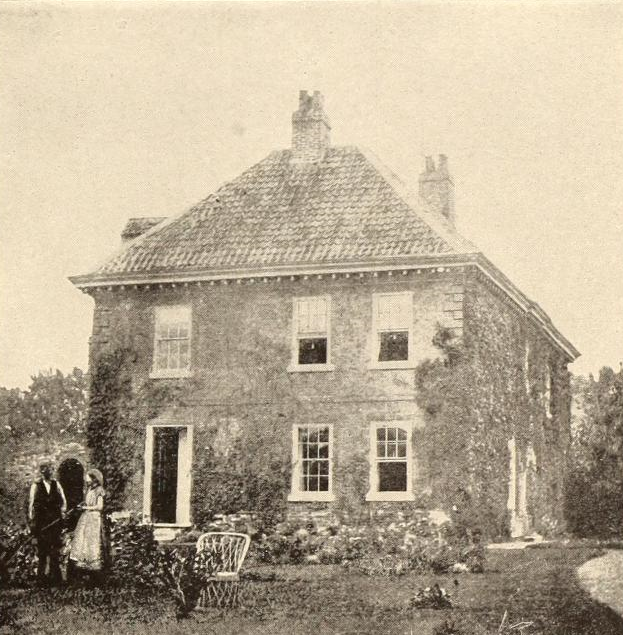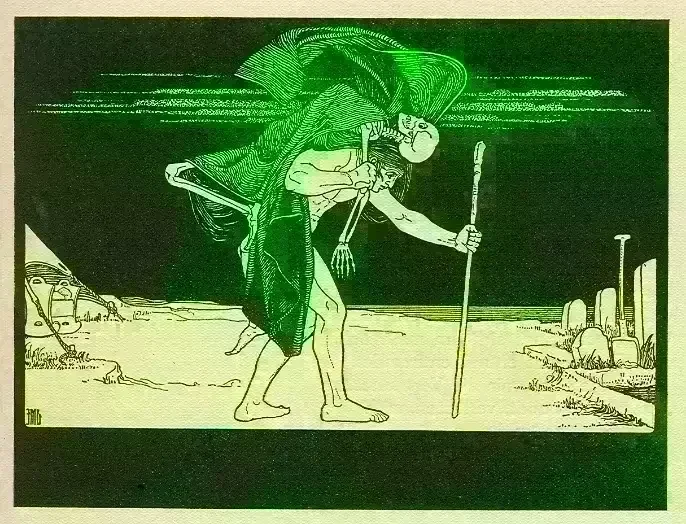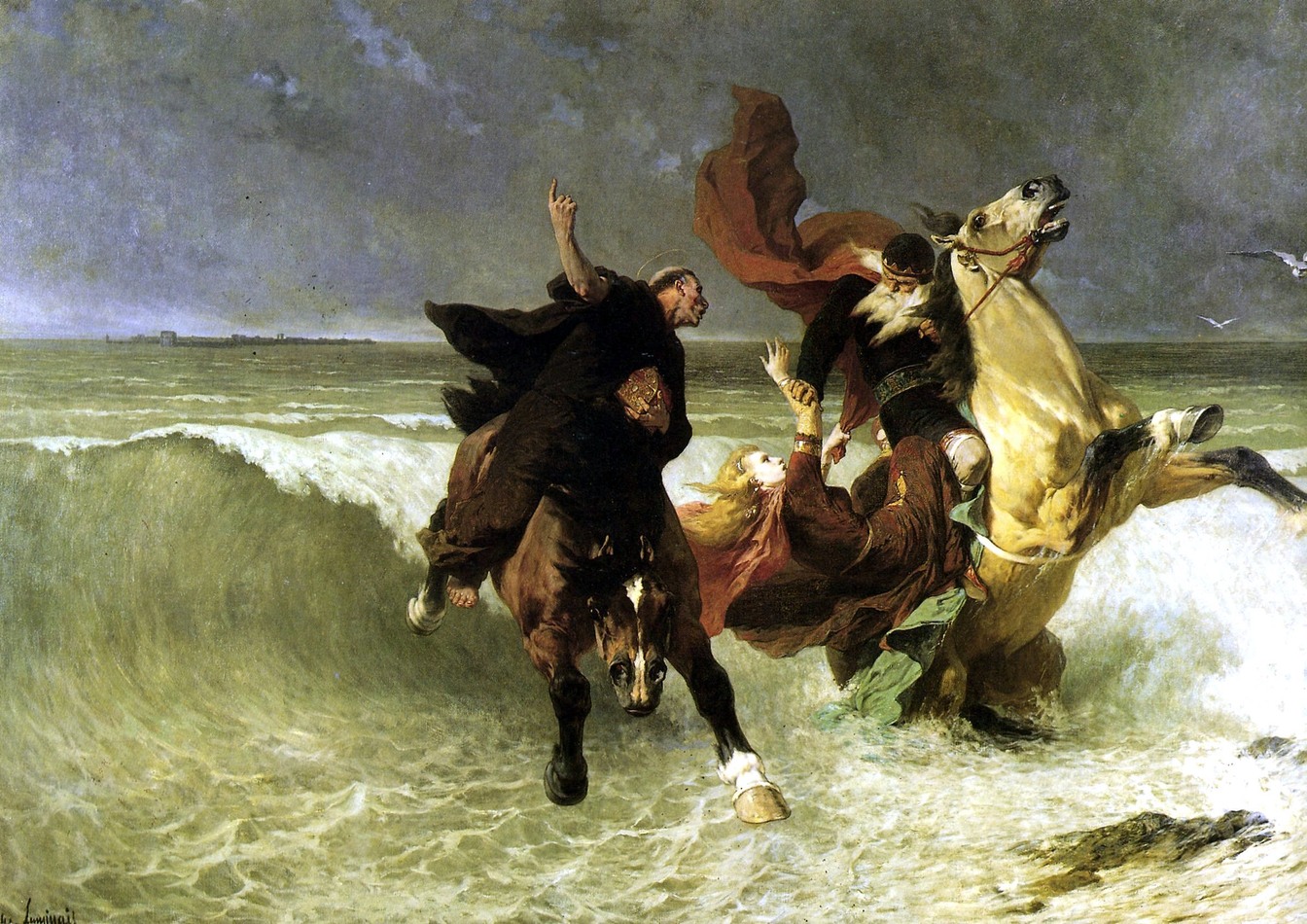Old Rectory

The Old Rectory in Epworth, Lincolnshire is a restored Queen Anne-style building, originally rebuilt in brick in 1709 after a devastating fire destroyed the earlier wooden structure. Today, it is owned by the Methodist Church of Great Britain and maintained as a museum. From 1697 to 1735, it served as the home of Reverend Samuel Wesley, his wife Susanna, and their remarkable family of 19 children. Among them was John Wesley, who would go on to found the Methodist movement.
Beyond its architectural and religious significance, the Old Rectory is also known as the site of one of England’s most famous alleged hauntings. In the winter of 1716–1717, while the Wesley family still lived there, the house was reportedly plagued by unexplained noises—loud bangs, knockings, footsteps, and eerie groans. The disturbances began in December and are said to have reached their peak on Christmas Day, when the family experienced what they described as thundering footsteps overhead, invisible figures running up and down stairs, and even the sound of a ghostly horn.
Hetty Wesley, the family’s fourth eldest daughter, nicknamed the spirit “Old Jeffrey.” According to family accounts, the entity made its presence known to everyone in the household, often defying investigation by vanishing whenever someone tried to uncover its source. Then, as abruptly as it had come, the activity ceased in January 1717.
The story of “Old Jeffrey” became known as the Epworth Rectory haunting or the "Wesley poltergeist." It remains one of the most widely discussed English ghost stories. However, skepticism surrounding the events has existed since at least the early 20th century.
In 1908, researcher Addington Bruce examined the earliest available records and found significant inconsistencies compared to later versions of the tale. He noted that original 18th-century documents mentioned only minor disturbances—simple knocks, groans, or creaks—and argued that the dramatic accounts likely grew from the unreliability of memory over time. Bruce even proposed that Hetty herself may have fabricated the activity.
Further doubts were cast by Trevor H. Hall in his 1965 book New Light on Old Ghosts, where he offered natural explanations for the supposed phenomena, suggesting that no supernatural forces were at work.


